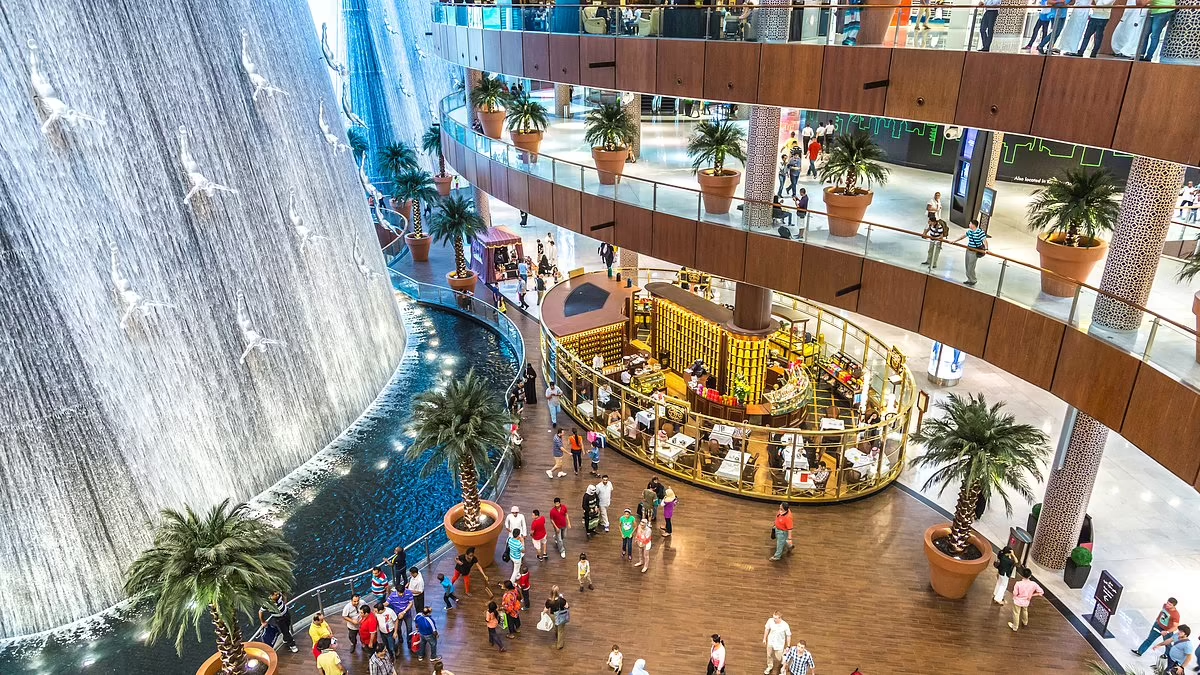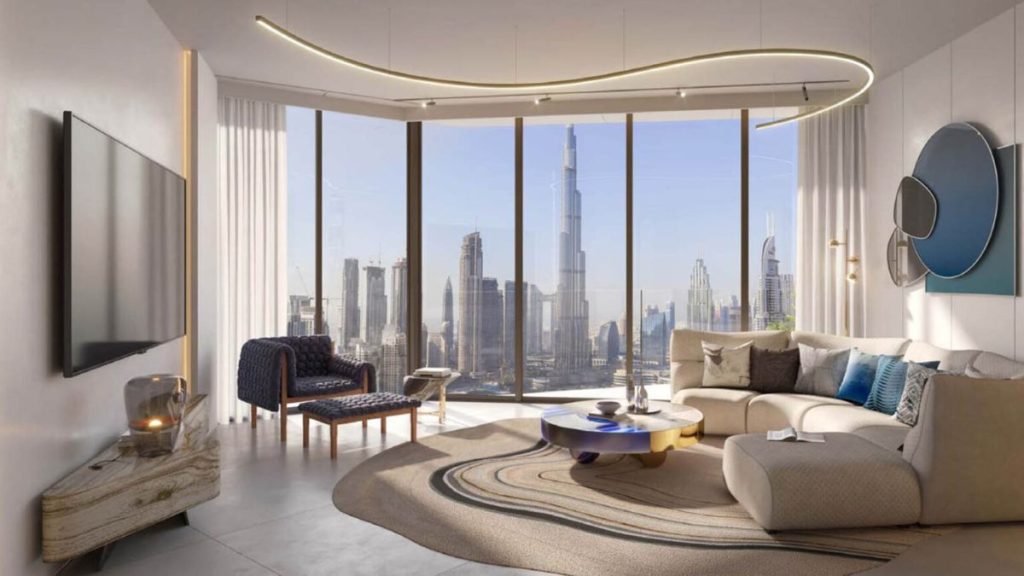Understanding the Basics of Living Expenses in Dubai
When people search for information about the Dubai life cost, they often discover that the city offers both opportunities and challenges. On the one hand, Dubai represents prosperity, safety, and a high standard of living. On the other, everyday expenses can vary widely depending on housing, lifestyle, and personal choices. For many expatriates, including a large number from India, it is essential to understand these dynamics before making the decision to relocate, invest, or establish a family in the emirate.
Key Factors That Shape Daily Costs
The overall cost of living in Dubai is primarily determined by several major expense categories: housing, utilities, education, healthcare, transport, and daily consumption. Among these, housing stands out as the single largest cost, often accounting for 30–40% of a household’s monthly budget. Rental prices differ significantly across communities: a one-bedroom apartment in Jumeirah Village Circle (JVC) may cost around USD 1,200 per month, while the same unit in Downtown Dubai can exceed USD 3,500 per month. Villas present an even larger gap, with mid-range properties in Arabian Ranches starting near USD 5,000, while luxury homes on Palm Jumeirah can surpass USD 12,000 monthly.
Utilities are another important factor. Electricity, water, cooling, and internet combined often add USD 250–400 per month for an average two-bedroom apartment. The Dubai Electricity and Water Authority (DEWA) applies a tiered billing system, so costs can rise sharply for families who use central air conditioning extensively during the long summer months.
Education and healthcare, though of excellent quality, are also relatively expensive. International schools in Dubai charge between USD 8,000 and 20,000 annually per child, depending on curriculum (British, American, Indian, IB). Healthcare follows a private model, where insurance is mandatory for residents. A mid-level family health insurance package can cost around USD 3,000–4,500 annually.
To illustrate these costs clearly:
| Expense Category | Average Monthly Cost (USD) | Notes |
| 1-Bedroom Apartment | 1,200 – 3,500 | Area dependent |
| Utilities & Internet | 250 – 400 | Higher in summer |
| Transportation | 150 – 300 | Public transport cheaper than car ownership |
| Groceries | 300 – 500 | Based on lifestyle choices |
| Dining & Entertainment | 250 – 600 | Varies widely |
| Education (per child) | 700 – 1,600 | Monthly average of annual fees |
| Healthcare Insurance | 250 – 400 | Mandatory |
These figures highlight why understanding Dubai’s expense structure is essential before relocating or investing.
How Lifestyle Choices Affect Spending
Beyond fixed costs like rent and utilities, lifestyle decisions play a crucial role in shaping total expenses. For example, choosing between public transport and private car ownership makes a significant difference. A monthly metro and bus pass costs about USD 100, while maintaining a car—including insurance, fuel, and parking—can easily reach USD 500–700 per month.
Food choices also reflect lifestyle impact. Cooking at home using local supermarket chains such as Carrefour or Lulu is cost-effective, with groceries for a small family averaging USD 400 per month. However, dining at mid-range restaurants twice a week can double that figure quickly. High-end dining, common in Downtown Dubai or Dubai Marina, pushes costs even higher, as a dinner for two in an upscale venue can exceed USD 150.
Entertainment and leisure expenses also vary widely. Families who enjoy beaches and public parks may spend very little, as many outdoor spaces are free. However, those who prefer frequenting premium gyms, golf clubs, or high-end malls may face monthly leisure expenses of USD 600–1,000.
In essence, Dubai allows flexibility: it is possible to live on a moderate budget or indulge in a luxury lifestyle. For expats from India, many of whom are used to competitive costs in cities like Mumbai or Bangalore, adjusting expectations is key. While everyday services may be more expensive, the quality, safety, and convenience often justify the price.
Comparing Dubai with Other Global Cities
When placed in a global context, Dubai’s cost of living reveals an interesting balance. According to Numbeo’s 2025 rankings, Dubai is more expensive than major Indian metros like Mumbai (by approximately 120% in rent costs) but still cheaper than global financial centers like London, Singapore, or New York. For example:
- Renting a one-bedroom apartment in Central London averages USD 3,800, versus USD 2,500 in central Dubai.
- Grocery prices in New York are nearly 25% higher than Dubai.
- Public transport in Singapore is cheaper, but private car ownership is more expensive than Dubai due to high taxes.
What sets Dubai apart is the value-for-money proposition. While not the cheapest, Dubai combines modern infrastructure, safety, world-class amenities, and a tax-free income environment. This makes it attractive for professionals and families aiming to maximize quality of life without the overwhelming costs associated with cities like London or Hong Kong.
For many expatriates—especially those from India—the equation is clear: despite higher housing and schooling costs, Dubai delivers better living standards, lower taxation, and easier access to international opportunities.

Main Components of Dubai Life Cost
Understanding the Dubai life cost requires a closer look at the key components that shape monthly and annual expenses for residents. While each household’s budget depends on lifestyle choices, certain categories consistently dominate spending patterns. Housing and rent remain the largest factor, followed by food, groceries, dining, and essential utilities and transportation. Together, these areas account for nearly 70–80% of an average expat’s outflow, making them the most important elements to evaluate before relocation or investment.
Housing and Rent in Dubai Life Cost
Housing is undeniably the largest contributor to the Dubai life cost, and it also reflects the city’s diversity. Dubai offers everything from affordable studio apartments in suburban communities like International City to ultra-luxury penthouses on Palm Jumeirah.
As of early 2025, rents in Dubai have continued to rise, fueled by population growth and increased demand from expats, especially professionals from India, Europe, and Russia. Data from the Dubai Land Department shows that average rental prices increased by 15% in 2024, with premium neighborhoods seeing even sharper hikes.
- Affordable areas: In communities like Discovery Gardens or JVC, a one-bedroom apartment rents for USD 1,000–1,400 per month, while a two-bedroom costs USD 1,600–2,200.
- Mid-range areas: Business Bay, Dubai Hills Estate, and Mirdif fall into this category, with one-bedroom units at USD 1,800–2,500 and larger apartments or villas between USD 3,500–5,000 monthly.
- Prime luxury areas: Downtown Dubai, Palm Jumeirah, and Dubai Marina command the highest rents. Here, one-bedroom units often exceed USD 3,500, and villas can cost anywhere from USD 8,000–15,000 per month.
Table: Average Monthly Rent in Dubai (2025)
| Property Type | Affordable Areas (JVC, Discovery Gardens) | Mid-Range Areas (Business Bay, Dubai Hills) | Luxury Areas (Downtown, Palm Jumeirah) |
| 1-Bedroom Apartment | $1,000 – $1,400 | $1,800 – $2,500 | $3,500 – $5,000 |
| 2-Bedroom Apartment | $1,600 – $2,200 | $2,800 – $4,000 | $5,500 – $7,500 |
| 3-4BR Villa | $3,500 – $4,500 | $5,000 – $7,500 | $8,000 – $15,000 |
These figures highlight why location is such a powerful driver of overall living costs. Many expatriates from India choose mid-range communities like Dubai Hills or Mirdif, where the balance between rent, schools, and commute is more practical than in the premium districts.
Food, Groceries, and Dining Out
The second major component of expenses is food. While Dubai offers an incredible range of culinary experiences—from street food to Michelin-starred dining—the monthly outlay depends heavily on whether residents cook at home or dine out frequently.
Groceries for a small family average around USD 400–600 per month, with local chains like Carrefour, Lulu, and Union Co-op offering reasonable prices. Imported goods, however, can be significantly more expensive, sometimes 20–40% higher than in India or Europe.
Dining out shows even greater variation. Eating at a budget-friendly restaurant can cost as little as USD 8–12 per person, while mid-range restaurants average USD 30–50 per meal for two. Upscale venues in DIFC or Downtown can easily push the bill to USD 150–250 per couple, especially if alcohol is included.
Expat families often balance the two by cooking at home during weekdays and enjoying restaurants over weekends. For younger professionals, particularly those in Dubai Marina or Downtown, dining out is a regular lifestyle habit, which raises monthly food costs to USD 800–1,200.
Transportation, Utilities, and Daily Needs
Transportation and utilities make up the third pillar of the Dubai life cost.
- Public transport: Dubai Metro, trams, and buses are reliable and affordable. A monthly pass costs around USD 100–120, making it ideal for individuals working in central areas.
- Car ownership: Despite affordable fuel prices (around USD 0.80 per liter), car-related costs add up. Insurance, maintenance, and parking bring the total monthly expense to USD 500–700, especially for families. Many expats prefer this option due to convenience and the city’s spread-out layout.
Utilities, particularly cooling, represent another significant cost. An average two-bedroom apartment incurs USD 250–400 per month for electricity, water, and internet. In summer months, air conditioning can account for 70% of electricity usage, pushing bills higher.
Daily needs like clothing, household goods, and mobile plans vary, but most expat families budget USD 300–500 monthly for these items. While shopping malls are famous for luxury, Dubai also offers affordable alternatives such as Dragon Mart and local markets.
Taken together, housing, food, and essential services shape the majority of the Dubai life cost in 2025. While expenses are undeniably higher than in Indian cities or many other Asian hubs, Dubai offers a unique blend of quality, safety, and convenience. For professionals and investors, the financial outlay is often justified by tax-free income, global business opportunities, and world-class infrastructure.
With smart choices—such as selecting a mid-range community, using public transport, and balancing home cooking with occasional dining out—many expatriates manage to enjoy Dubai’s premium lifestyle without overspending.

Practical Tips to Manage Expenses in Dubai
While the Dubai life cost may appear high compared to other global and regional cities, expatriates and investors can significantly reduce expenses with careful planning. The city’s diversity means that every budget can find a lifestyle match, from affordable suburban living to high-end luxury experiences. Making smart decisions about housing, transport, food, and entertainment helps residents maximize quality of life while keeping finances under control.
Choosing the Right Community on a Budget
The first and most impactful decision involves selecting the right community. Since housing accounts for nearly 40% of total living costs, choosing wisely can save thousands of dollars annually.
- Affordable districts: Communities such as International City, Dubai Silicon Oasis, and Discovery Gardens are popular among budget-conscious families. A one-bedroom apartment can be rented for USD 800–1,200 per month, which is significantly lower than central districts.
- Mid-range options: Jumeirah Village Circle (JVC), Dubai Hills Estate, and Mirdif provide a balance of affordability, accessibility, and good infrastructure. A two-bedroom apartment averages USD 2,000–3,000 monthly, with schools, parks, and supermarkets nearby.
- Premium lifestyle: For those who prioritize prestige and central locations, Downtown Dubai, Palm Jumeirah, and Dubai Marina remain prime choices. However, here rents can be two to three times higher than suburban alternatives.
Expats from India and other countries often choose mid-range communities because they provide value for money without sacrificing quality of life. Proximity to schools, healthcare facilities, and metro connections often outweighs the prestige of living in luxury districts. By selecting strategically, families can lower housing costs by up to 30–40%, directly reducing the overall Dubai life cost.
Saving on Transport, Food, and Entertainment
Beyond housing, everyday spending habits make a significant difference.
- Transport: Using the Dubai Metro and RTA buses is one of the most cost-effective options. A monthly pass costs around USD 100, compared to car ownership, which can easily reach USD 600–700 monthly when accounting for insurance, fuel, and parking. Many residents choose a hybrid approach—public transport for work commutes and ride-hailing apps for occasional trips.
- Food: Shopping at supermarkets like Carrefour or Union Co-op reduces grocery bills. Weekly farmers’ markets and smaller Indian and Pakistani stores also provide affordable fresh produce. For dining, families often save money by reserving restaurants through apps offering discounts or by dining out mid-week when promotions are more common.
- Entertainment: Dubai offers plenty of free or low-cost leisure activities. Public beaches such as Kite Beach or Al Sufouh Beach, desert camping trips, and community events provide quality entertainment without major expenses. Premium gyms or golf clubs can be costly, but budget-friendly fitness chains and outdoor facilities allow for significant savings.
By adopting these strategies, households can reduce variable expenses by up to 25%, making the Dubai life cost far more manageable.
Balancing High Costs with Dubai’s Advantages
Even with careful budgeting, living in Dubai remains more expensive than in many Asian cities. However, residents consistently highlight that the benefits outweigh the expenses. Dubai provides:
- Tax-free income, meaning higher disposable earnings compared to cities like London or Singapore.
- Safety and infrastructure, with one of the lowest crime rates globally and world-class healthcare and education systems.
- Cultural diversity, offering opportunities to connect with over 200 nationalities and expand personal and professional networks.
For Indian professionals and entrepreneurs, Dubai also offers a strategic bridge to global markets. Proximity to India ensures easy travel for business or family visits, while residency options linked to business ownership and property investment make long-term living feasible.
Ultimately, the key lies in balancing expenditure with the unique advantages of the city. A well-chosen community, efficient use of transport, and mindful spending on leisure can allow residents to enjoy the best of Dubai without financial stress. Instead of viewing expenses purely as costs, many expats see them as an investment in a safer, higher-quality lifestyle with greater global opportunities.
Frequently Asked Questions about Dubai Life Cost in 2025
1. What is the average Dubai life cost for a single person in 2025?
The average monthly Dubai life cost for a single person in 2025 ranges from USD 2,000 to 3,000, depending on housing, transportation, and lifestyle choices. Renting a one-bedroom apartment in a mid-range community, using public transport, and dining at affordable restaurants can keep costs closer to the lower end of this range.
2. How much does housing contribute to Dubai life cost?
Housing remains the largest expense in Dubai, making up around 35–40% of total living costs. Rent varies widely: a one-bedroom apartment in affordable areas like International City may cost USD 800–1,200 per month, while the same unit in Downtown Dubai or Dubai Marina can exceed USD 3,000 monthly. Choosing the right community is crucial for managing Dubai life cost effectively.
3. Is Dubai more expensive than other global cities?
Compared to cities like London, New York, or Singapore, the Dubai life cost is relatively moderate. While rent and luxury services can be high, Dubai offers significant savings thanks to zero personal income tax, competitive grocery prices, and affordable public transportation. Many expats report that disposable income and quality of life in Dubai are higher than in many Western cities.

